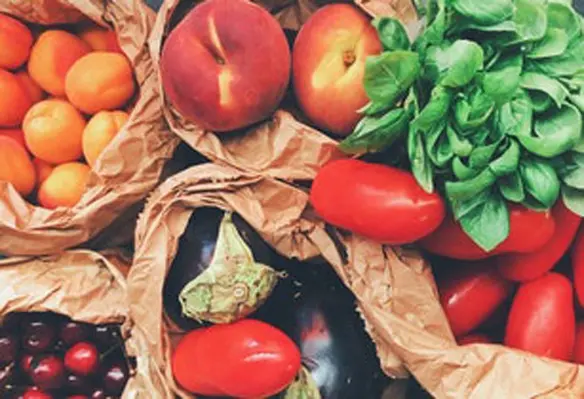“Food loss and waste is a major challenge of our time,” said FAO director-general QU Dongyu, urging stronger partnerships, more public and private investment in training for smallholder farmers, technology and innovation to step up the fight against food loss and waste as “our planet is a small ship in the universe”
“Innovative post-harvest treatment, digital agriculture and food systems and re-modelling market channels offer huge potential to tackle the challenges of food loss and waste. We have just built a partnership with IBM, Microsoft and the Vatican to empower Artificial Intelligence in all these areas,” added Qu.
UNEP executive director Inger Andersen encouraged governments to make food loss and waste a part of national climate strategies.
“Only 11 countries have so far included food loss in their Nationally Determined Contributions. None of them included food waste. By including food loss and waste and sustainable diets in revised climate plans, policymakers can improve their mitigation and adaptation from food systems by as much as 25%,” said Andersen.
Calling food loss and waste ‘an ethical outrage’ given that so many people are hungry, António Guterres, secretary-general of the United Nations, called on everyone to play their part in tackling these issue-from countries setting a reduction target and measuring their food loss and waste and policy action in this area to be included in the Paris Agreement to businesses taking a similar approach and individuals shopping carefully, storing food correctly, and using leftovers.
Solutions to reduce food loss and waste
Solutions to stem food loss and waste include good data to know where in the value chain the major hot spots of food loss and waste are; applying innovation - for example, e-commerce platforms for marketing or retractable mobile food processing systems; government incentives to bolster private-sector food loss and waste action and collaboration across supply chains; investments in training, technology and innovation, including for small-scale producers; better food packaging and relaxing on regulations and standards on aesthetic requirements for fruit and vegetables; behaviours that value and make the most of food at home; redistributing safe surplus food to those in need through food banks; facilitating farmer’s access to consumers and shorter value chains through farmers markets and rural-urban linkages; and investing more to strengthen infrastructure and logistics, including sustainable cold chains and cooling technologies.




